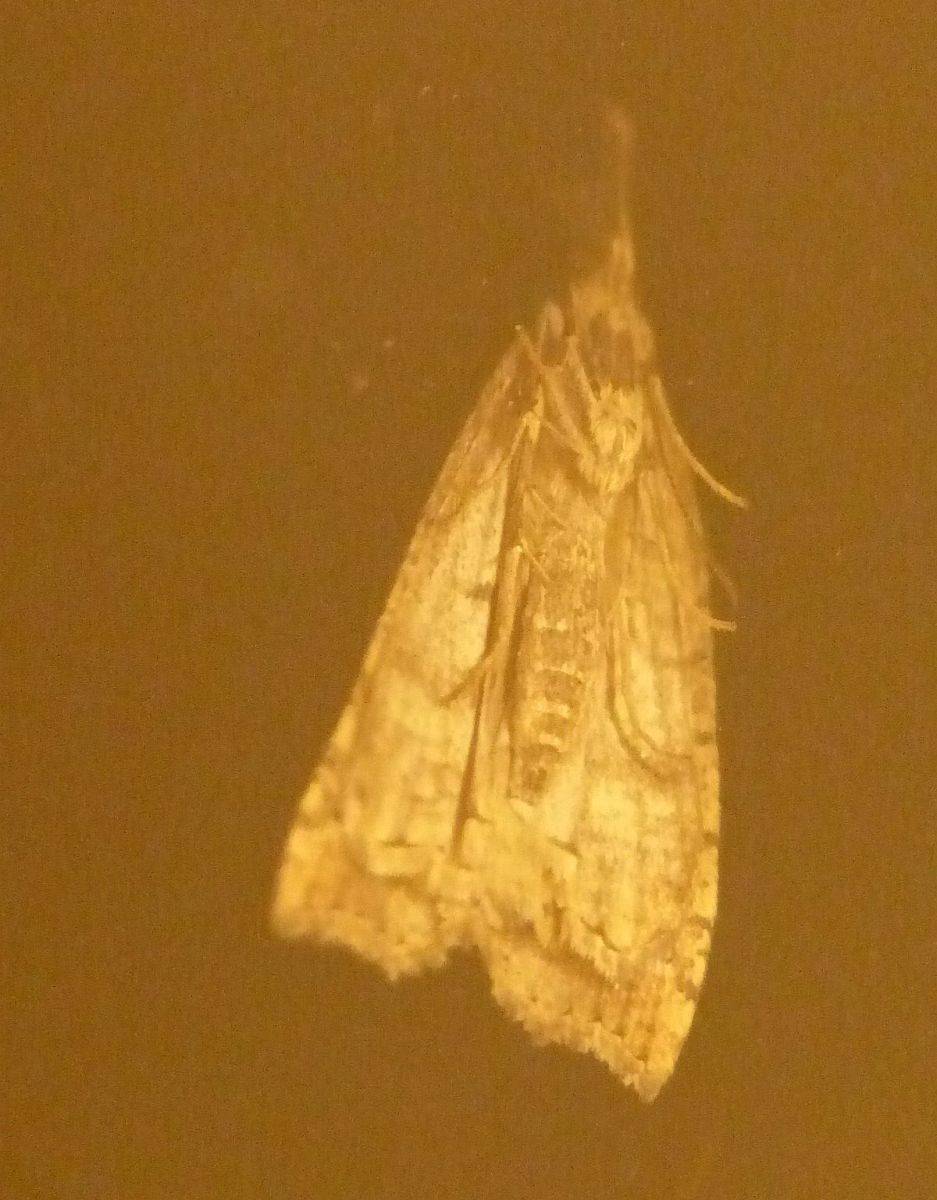2022 January 13
2022 January 13
Jochen Möhr sends a photograph of his first moth of the year. Unfortunately he could get only an underside – but enough to recognize it as Hypena sp. Libby Avis suggests that, because of the time of year, H. californica is possible – but we can’t be sure of that.

Hypena sp. (Lep.: Erebidae – Hypeninae) Jochen Möhr
Jeremy Tatum writes:
Invertebrate Alert is relatively inactive at this time of year – though, as Ian Cooper showed us last winter, there are still plenty of invertebrates to be found by those willing to get down on their hands and knees in the middle of the night. In any case, this period of inactivity gives me an opportunity to post a few random semitechnical articles about butterflies and moths. Since, as a mere lover of these creatures, I am not remotely qualified to write any technical articles, semi or not, viewers should take these postings with a large pinch of sodium chloride.
So – I open with the question: What is the difference between a butterfly and a moth? The honest answer is: Not much.
Once upon a time, long, long ago, the Order Lepidoptera was divided into two Suborders – Rhopalocera (Butterflies) and Heterocera (Moths). I don’t think this classification has been used or has had any scientific validity for at least a hundred years, and possibly not for 150. I do have an eighteenth century book which uses this classification, but, unfortunately, like many books of that period, it is not dated.
I think (but I don’t know all the languages in the world) English may be the only language which has different words for butterflies and moths. Thus, I believe the words in several European languages (which I’ll leave you to identify): papillon, farfalla, mariposa, Schmetterling, vlinder, cover equally both butterflies and moths. (French “mite”, I think, means just the sort of nuisance clothes-moths that you find in your closet.) Thus Handfield’s book Les papillons du Québec translates as “The Butterflies and Moths of the Province of Quebec”. If you wanted to write a book, in French, of just the butterflies of the city of Quebec, you’d have to call it something like Les papillons du jour de Québec. (Francophones tend to use capital letters rather sparingly.)
In modern classifications, the Order Lepidoptera is divided into four to six (depending on whom and when you ask) Suborders, all of which have unpronounceable names, which I do not remember. One of these Suborders (I’ll call it Glossata) is far, far larger than all the others combined, and almost all (and probably really all) of the butterflies and moths recorded so far in Invertebrate Alert belong to this Suborder. (I think even Adela is in this Suborder these days.)
Within the Glossata are goodness know how many (probably hundreds) of Families, all ending in -idae. These are grouped into groups of similar families called Superfamilies, all ending in –oidea.
The Superfamily Papilionoidea has several Families, and they are all known as butterflies. The Families we see on southern Vancouver Island are:
Papilionidae (swallowtails and parnassians)
Pieridae (whites and sulphurs)
Lycaenidae (coppers, elfins, hairstreaks, blues)
Nymphalidae (admirals, tortoiseshells, ladies, crescents, checkerspots, fritillaries – these days including even the browns and the Monarch, each of which at one time enjoyed separate full familial status.)
Each of these Families is divided into subfamilies (ending in –inae) and even further into tribes (-ini), but let’s leave that there.
In addition, there is the Superfamily Hesperioidea, the skippers, which has only one Family in our area:
Hesperiidae (duskywings and skippers)
Some authors (with reason) would call the Papilionoidea the “true” butterflies, and the Hesperioidea “skippers” – but not “true” butterflies. However, traditionally the skippers have always been included among the butterflies, and far be it from me to demote them.
All other Lepidoptera are moths, which will be the subject of the next learned posting.
